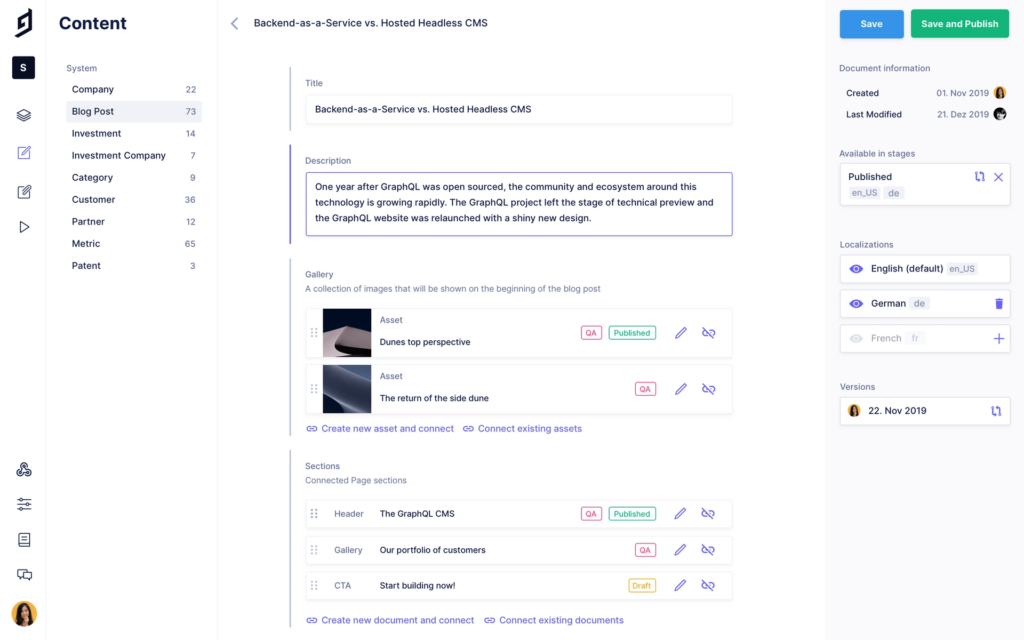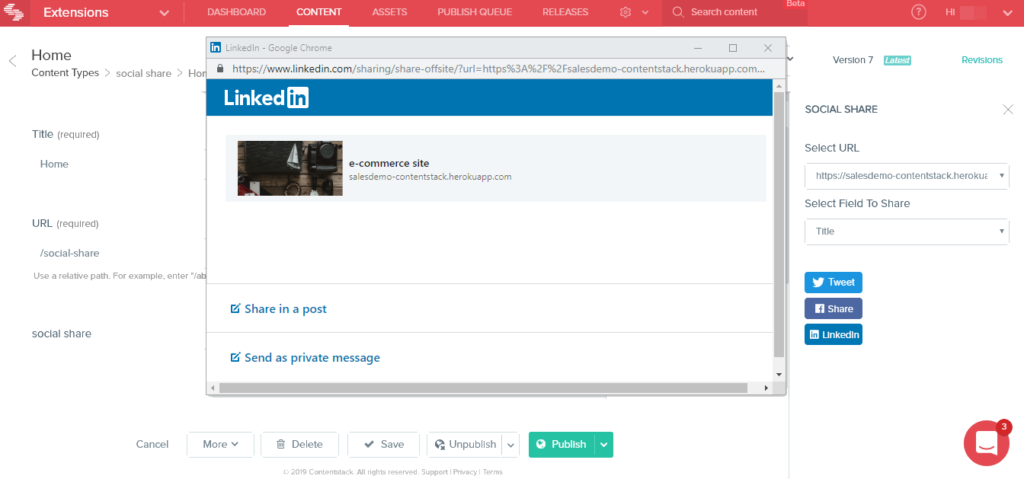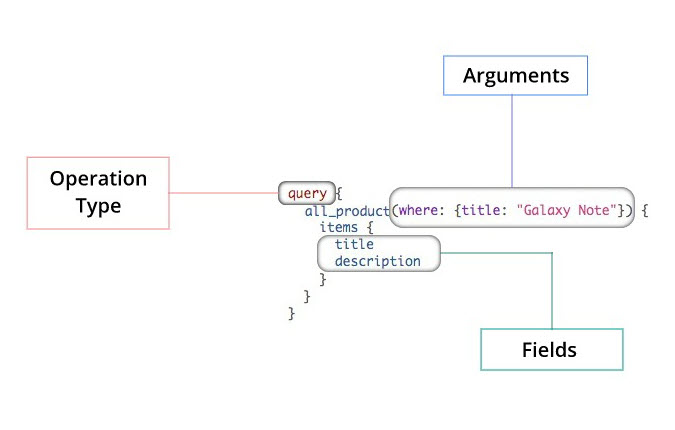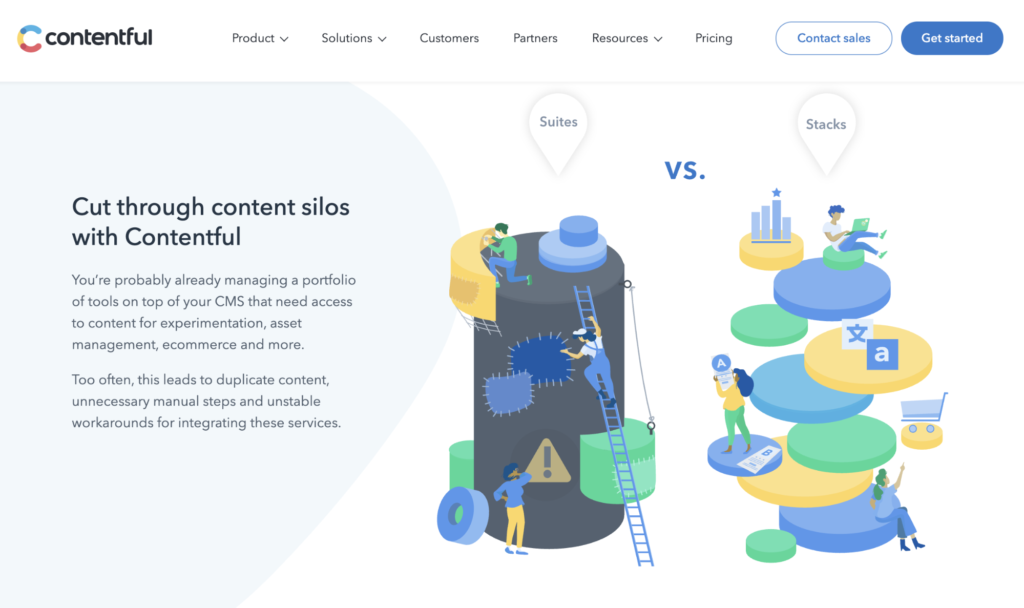In a recent post, I showcased the 5 most interesting eCommerce platforms providing the developers with a fully-fledged GraphQL API. Now let’s take a look at Content Management Systems and pick some good examples of CMS with GraphQL API.
A lot has already been written about JAMStack and tools like Gatbsy.js which are leading the charge in regards to the unified frontend experience. All these tools need to be managed and live-preview features, content staging, and headless-integration are more and more common.
5 CMS with GraphQL API
GraphQL is a vital alternative to REST APIs, especially when it comes to experience management. There are already a lot of CMS with GraphQL API, so I couldn’t possibly showcase all of them. The systems I’ve picked are the ones we see most commonly used by clients implementing enterprise-grade headless eCommerce and Content sites.
GraphCMS
Berlin-based GraphCMS long ago grew out of the startup phase now. It now serves enterprise clients in many different use cases. I recently interviewed GraphCMS founder, Michael Lukaszczyk. He told me that GraphCMS is pretty often used as a database/catalog schema replacing PIM, mobile backends, and the like. The system itself is offered in a SaaS model, so you don’t need to worry about the SLA and performance. The application has been written in Go-lang and is hosted natively in the cloud.
GraphCMS lets the user flexibly model the data structures and build relations. Moreover, it can be used to manage assets and multimedia objects. Versioning with content staging, multi-site, and internationalization is fully supported.
GraphCMS can be easily integrated with eCommerce and PIM platforms, providing the UI for building the dynamic data relations straight out of the editor. It is then dynamically rendered in the frontend by platforms like Vue Storefront, Gatsby, or custom apps.
The GraphQL API is extremely well-thought-out, which is not a surprise given that it’s the native communication format on which such CMS work. Developer experience scores are extremely high.

Contentstack
The story of how Contentstack grew to be a CMS with GraphQL API is really interesting. Founded by Nishant Patel, it grew out of his previous consulting company, Raw Engineering. They were using it on production long before it became a separate product, which makes it really mature and a good fit for the developer’s needs. However, the system is far from being legacy: the company was established in 2018 and is growing rapidly. A member of the MACH Alliance, it offers a whole set of APIs for PHP, Node.js, Ruby, Java, .NET, Nuxt.js, Next.js, Gatsby js, GraphQL, and many others.
Contentstack pioneered the headless CMS category and effortlessly handles large-scale, complex, and mission-critical deployments, while supporting real-world enterprise business processes and team collaboration. Contentstack’s customer satisfaction is the highest in the industry and it is the preferred API-first CMS for SAP Cloud
Just a few of the clients using Contentstack: Best Buy, Chase, Holiday Inn, Icelandair, Morningstar, Express, Miami HEAT, Shell, and Walmart.

The management console and the experience management features – including workflows, internationalization, and marketing automation (integrations) will satisfy the most demanding marketers and merchandisers.
“Contentstack scales to meet our needs. As we localize and add subdomains for new regions, we can rely on the system to grow with us, no matter how big our site becomes. Both its technology and its team of experienced and responsive CMS experts provide us with peace of mind.”
Sylvie Shimizu, Webmaster, Elastic
The CMS with GraphQL API is currently available in the Beta program

Contentful
Contentful was one of the first headless Content Management systems. It is well-designed and scalable, including all the necessary enterprise-grade features like internationalization, workflows, and integrations. It’s worth mentioning that Contentful is also ISO 27001-compliant, which is important for security and reliability.
It’s used by companies like Audible, WeWork, Lyft, and Spotify.
“The business benefits are huge. We don’t have to spend so many resources now just getting content out. It allows us to use our development resources much more wisely now.”
Xoom, a PayPal service

The platform offers some essential features:
- Content modeling tools
- Delivery API
- Extensibility – including UI extensions and webhooks.
The tagline of Contentful is: Don’t let your CMS dictate your tech stack. That is is actually a quite apt definition of what they’re trying to achieve. Developers love the comprehensive and easy-to-use data APIs, while content creators are armed with the same level of editing features. It’s a perfect separation of concerns that represents a perfect fit for developer and business users.
Contentful is a CMS with GraphQL API for all instances, including content delivery, media, and editing APIs.
Prismic
When we were doing our first PWA projects at Divante, Prismic was an equivalent to Contentful. They started at around the same time and offered a similar range of features and Prismic gained a lot of popularity. Some of the prominent Prismic users include Netflix, Rakuten, Google, Deliveroo.
It’s worth mentioning is the developer support: there are ready-made boilerplates and examples for many environments, including Gatsby, Nuxt, Next, Vue, and React. The documentation is also great.
Prismic offers native CMS with GraphQL API and a free trial, making it a first choice for many.

Strapi
Strapi is the first headless CMS I ever heard of. It’s open-source and has a vibrant and rapidly-growing community. Open-source projects are great at early adoption of innovations, which is why it is no surprise that Strapi has fully been a CMS with GraphQL API for quite some time already.
Strapi helps you define, structure, and create any content models and APIs. It’s often used as a backend for mobile and PWA applications or as a replacement for Firebase of other database options.
Strapi is great if you need your content to be hosted within your company’s cloud and you’re limited to using SaaS/PaaS products. You can deploy it easily to Heroku, AWS, or Google Cloud.
There are a lot of ready-made integrations (for example, with generators like Gatsby or Nuxt) but you can easily develop extensions, including admin panel mods. This last feature is important as it is actually not possible with any of the products listed above.
Strapi offers nice starters for new applications in Vue, React, Nuxt, Next, etc

Published December 1, 2020














